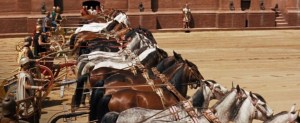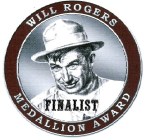Writing Scintillating Scenes––Part I
 I read somewhere that scenes are the “guts” of your novel. They are powerful and intense, they engage readers and help them to keep on reading. What is a scene? It is the most vivid and immediate part of the story, emotionally involved, their minds are filled with images and memories of actions. Click to Tweet #amwriting #scintillatingscenes
I read somewhere that scenes are the “guts” of your novel. They are powerful and intense, they engage readers and help them to keep on reading. What is a scene? It is the most vivid and immediate part of the story, emotionally involved, their minds are filled with images and memories of actions. Click to Tweet #amwriting #scintillatingscenes
Simply put, a scene is action! Scenes are text passages, including narrative, meant to focus on an event in the story, sometimes slowing it down, so that the reader is “in the moment.” The readers join in the scene along with the characters in action.
Basics of Scenes
Each scene you write should have four basic elements. Let’s look at them.
- Every scene, there should be an event and emotion. In a scene characters do things and feel things. Also in a scene, characters act and react.
- Every scene should have a function. Does it introduce a new character or plot element? Is something revealed about a character to make the reader feel a deeper attachment to the protagonist? Does this scene set up a situation that will be important later? Is it really a scene, or is it merely summary?
- Every scene has a structure. Beginning, middle, and end. Almost like a mini-story within a story. We know that the overall story must begin, have a middle, and come to an end. But each scene needs this structure as well. Within this framework, the beginnings and endings can be abrupt, elaborate, succinct, languid, oblique, or plain.
- Every scene has a pulse. A heartbeat, if you will, or a drum beat. There must be some vibrancy that makes the text come alive and be important for the reader to read. The scene has energy when there is a pulse or beat driving it. Pulse, or beat, is emotional––an attitude, or stating a desire or need. Action may wax and wane, but the pulse is steady, waiting for a trigger to escalate it.
- Intersected scenes: reflect on something you’ve seen that made you curious about what you didn’t see. What was the “rest of the story?” What happened next?
- Reflect on a memory of an event in your life. Tell what happened in there short sentences, a beginning, middle, and end.
- Take one sentence and make a paragraph of it, taking you directly into the time, place, people, and feelings. Moment-by-moment, share what happened. You have entered the scene. What is the pulse?
Think about movies or shows or even books you’ve read where a scene was so powerful, you still remember it. Scenes are where the story happens. The action, the feelings, the reflection (the sequel) should all be there. Click to Tweet #amwriting #scintillatingscenes

















Reblogged this on lmnelsonscorner and commented:
This blogger wrote multiple posts about writing scintillating scenes. Here’s the first one. It’s a worthwhile read with helpful information. Enjoy!
LikeLike
Thank you so much! Glad the material is helpful. Blessings.
LikeLike
☺
LikeLike